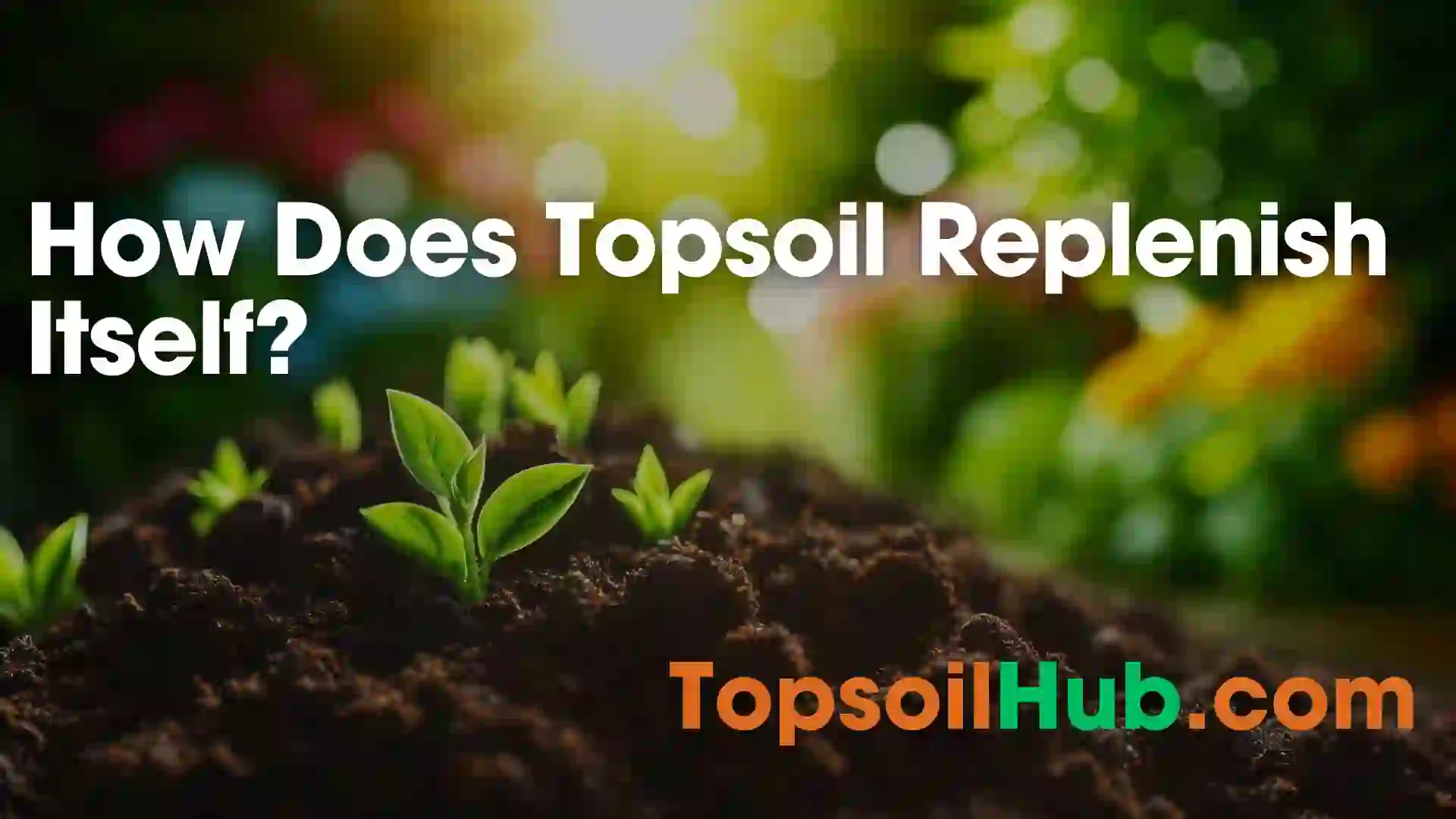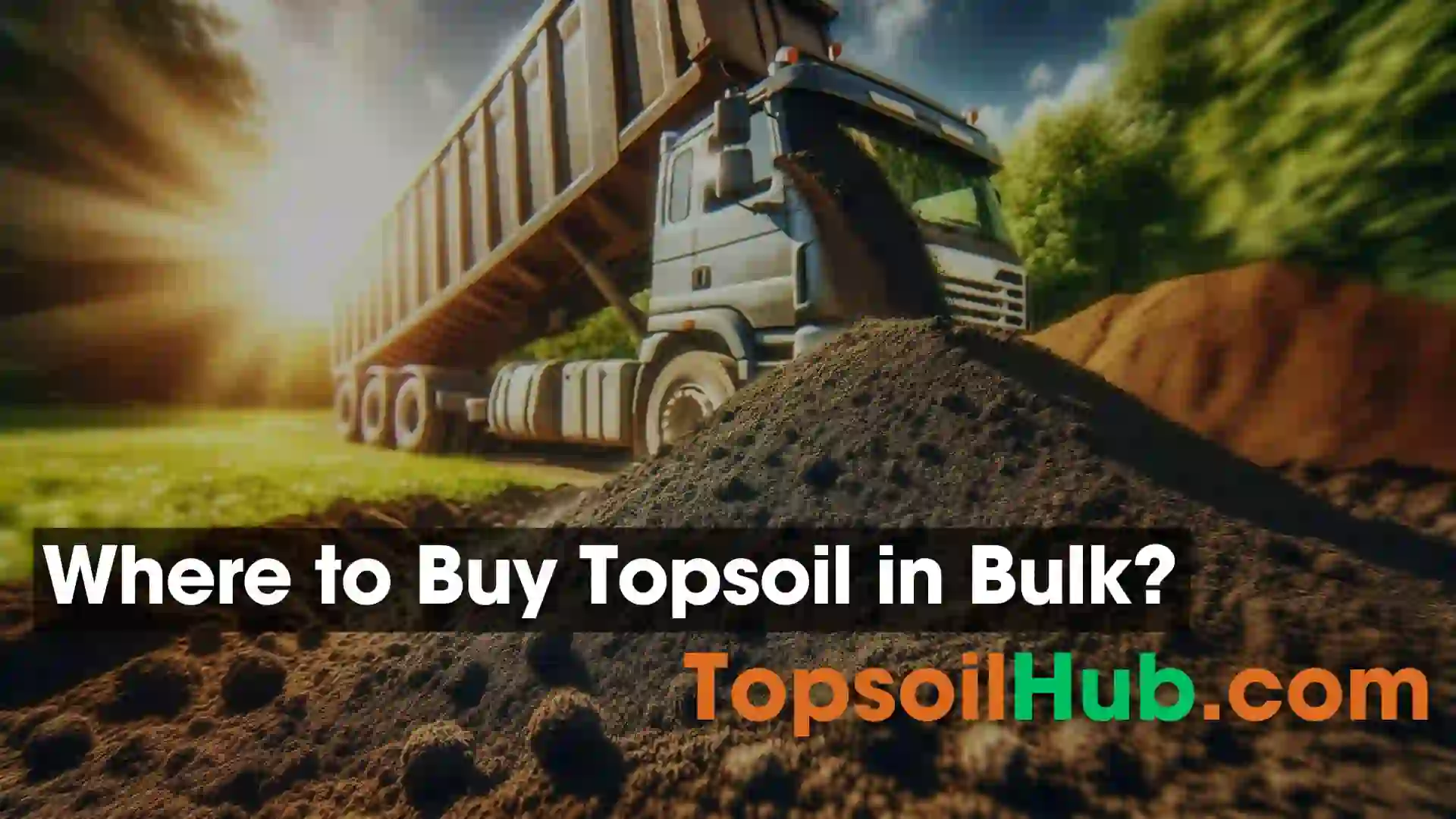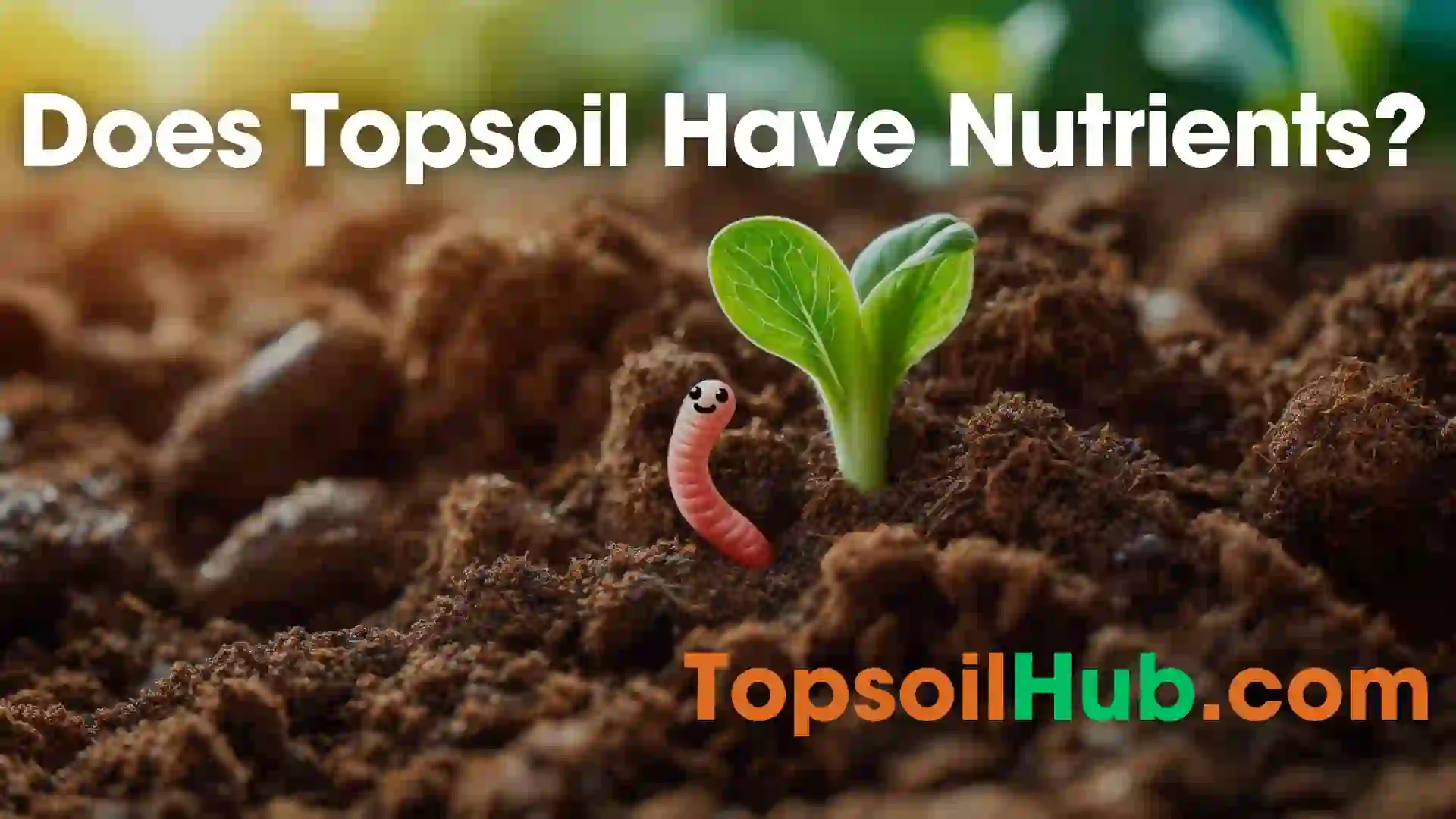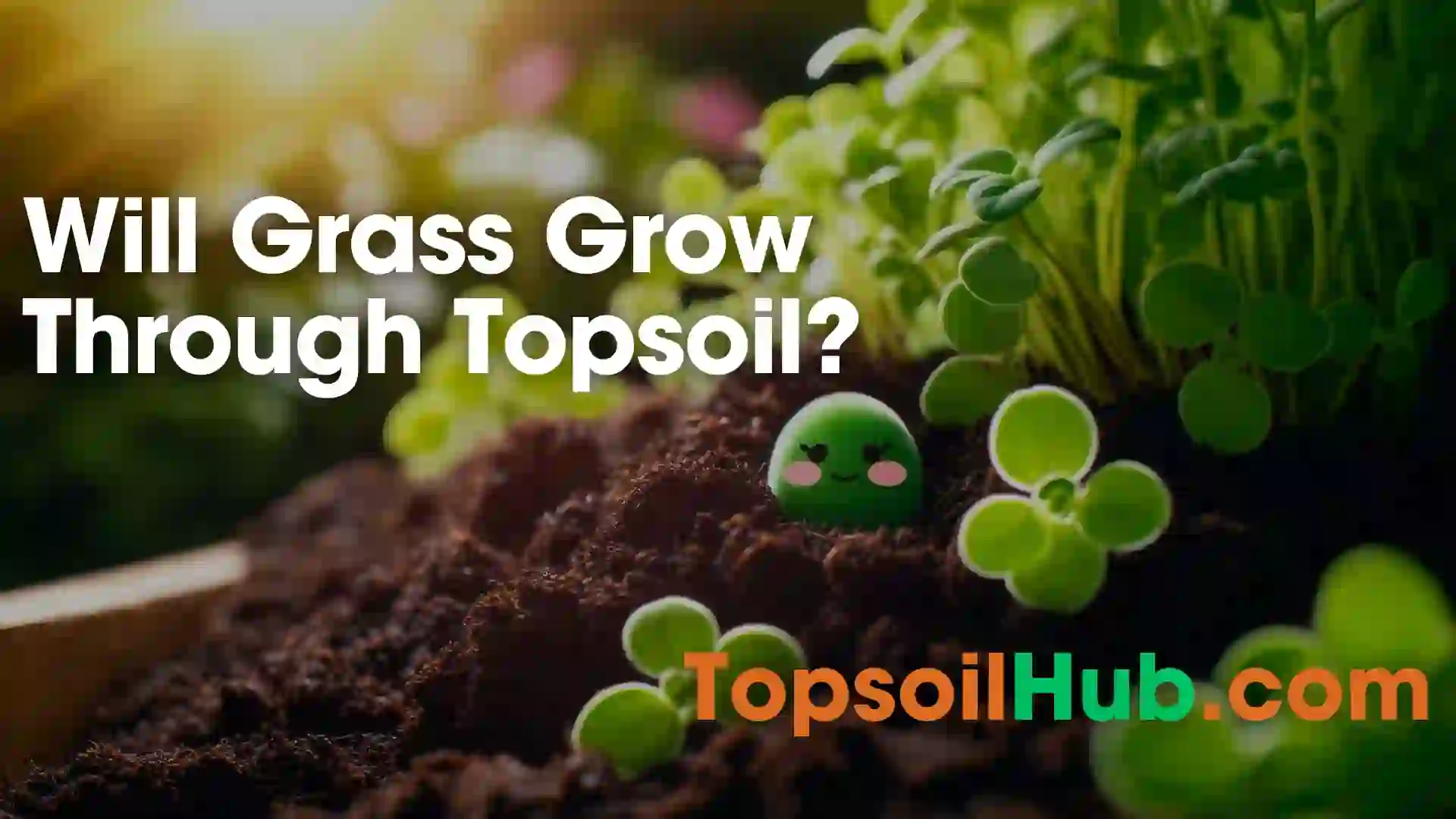Does Topsoil Contain Peat?
You may be wondering, does topsoil contain peat and what implications that may have for your gardening or landscaping? Understanding the composition of topsoil is crucial for ensuring the success of your plants.
Peat, a common component in some topsoil mixes, can have both positive and negative effects on your garden. Let’s explore into the details to help you make informed decisions and achieve flourishing greenery.
Understanding Topsoil
Definition and Composition
Now, let’s investigate what topsoil actually is and its composition. Topsoil is the uppermost layer of soil, typically the top 5-10 inches, where most plant roots grow and where many important soil organisms thrive. It is a mixture of mineral particles, organic matter, water, and air.
Importance in Gardening and Agriculture
Now, let’s discuss the importance of topsoil in gardening and agriculture. Topsoil is crucial for plant growth as it provides important nutrients, anchors roots, and retains water. In gardening and agriculture, maintaining healthy topsoil is key to having productive and thriving plants.
Understanding the role that topsoil plays in the growth of plants is important for successful gardening and agriculture practices. Without proper topsoil management, plants may struggle to grow and produce a healthy yield.
What is Peat?
Definition and Formation
Little is known about peat and its formation, but it is a type of organic soil that forms from the decomposition of organic matter such as dead plants in waterlogged conditions. This process occurs over thousands of years in wetlands and peat bogs.
Characteristics and Properties
Definition: Peat is a dark brown or black material that is rich in organic content and has a high moisture content. It is composed mainly of decomposed plant material such as mosses, sedges, and shrubs.
Peat has unique characteristics such as its ability to retain water, high acidity levels, and slow decomposition rate. These properties make it an important and valuable resource for various applications, from gardening to fuel production.
How to Identify Peat in Topsoil
Clearly, identifying the presence of peat in topsoil is crucial for understanding the quality and composition of the soil. By employing the following methods, you can effectively determine if peat is present in the topsoil.
Visual Inspection Tips
Topsoil with peat typically has a dark brown to black color, often appearing fibrous or spongy in texture. Look for visible pieces of organic matter like twigs and roots, which are characteristic of peat. Additionally, peat-rich topsoil may have a distinctive earthy smell that differentiates it from regular soil. Assume that the topsoil contains peat if these visual cues are present.
Testing Methods for Peat Content
Topsoil testing kits are available to measure the peat content accurately. These kits typically include chemical solutions that react with the organic matter in peat to provide a clear indication of its presence. By following the instructions on the testing kit, you can determine the percentage of peat in your topsoil. The availability of these kits makes it convenient to assess the peat content quickly and easily.
Factors Affecting Peat Presence
- Moisture levels: Moist conditions promote the formation of peat in topsoil.
- Temperature: Peat accumulation is higher in colder climates.
- Plant matter: Decomposed vegetation contributes to the presence of peat in soil.
The factors affecting peat presence in topsoil can vary depending on the environment and geographical location. Understanding these factors is crucial for assessing the likelihood of peat being present in the soil. The presence of peat can significantly impact soil quality and fertility levels.
Factors that Influence Peat Content in Topsoil
After determining whether topsoil contains peat, it is important to understand the various factors that can influence the peat content in topsoil. By understanding these factors, soil scientists and agricultural experts can better manage and utilize topsoil resources.
Soil Type and Origin
One of the key factors that influence peat content in topsoil is the soil type and origin. Certain soil types, such as peat soils or organic soils, naturally have higher levels of peat content compared to other soil types. The origin of the soil, including factors such as decomposition of organic matter and accumulation of plant residues over time, also plays a crucial role in determining the peat content in topsoil. Knowing the soil type and origin can help predict the peat content and quality of the topsoil.
Climate and Weather Patterns
Weather patterns such as temperature and precipitation can significantly impact the peat content in topsoil. Areas with cool and wet climates tend to have higher peat content in their topsoil due to slower organic matter decomposition rates. Understanding the relationship between climate and weather patterns and peat formation is crucial in predicting the potential peat content in topsoil.
Human Activities and Land Use
For agricultural and urban areas, human activities and land use practices can also influence the peat content in topsoil. Deforestation, drainage of wetlands, and intensive farming can lead to the depletion of peat in topsoil. On the other hand, sustainable land management practices can help preserve and even increase the peat content in topsoil. Another important factor to consider is the impact of human activities on the long-term sustainability of peat resources in topsoil.
How to Work with Topsoil Containing Peat
Despite the challenges that come with using topsoil containing peat, there are various ways to successfully work with this type of soil. Whether you are gardening, landscaping, or building, following the right tips and strategies can help you make the most out of your topsoil.
Tips for Gardening and Landscaping
- When gardening or landscaping with topsoil containing peat, make sure to properly mix in organic matter to improve drainage and nutrient retention.
- Consider using plants that thrive in acidic soils, as peat can lower the pH levels of your topsoil.
After preparing your soil, ensure you monitor the moisture levels regularly to prevent waterlogging, which can be common in peat-rich soils.
Strategies for Soil Improvement
If you are dealing with topsoil containing peat, consider incorporating soil aerators to help improve soil structure and reduce compaction. Additionally, adding lime can help counteract the acidity of peat and promote healthier plant growth.
On top of that, utilizing cover crops in between planting seasons can help prevent erosion and enhance soil health by adding organic matter back into the soil.
Considerations for Construction and Building
If you are planning a construction project on topsoil with peat, it is crucial to assess the stability of the soil to prevent any structural issues in the future. Additionally, consider implementing proper drainage systems to mitigate any risks associated with the high water retention properties of peat-rich soils.
Avoiding heavy machinery on topsoil containing peat can help prevent further soil compaction and damage, ensuring a stable foundation for your construction project.
Benefits and Drawbacks of Peat in Topsoil
Advantages for Plant Growth and Soil Health
Not all peat in topsoil is detrimental. Even though peat is a non-renewable resource that is excavated from ecologically sensitive peatlands, it does have some benefits when used in topsoil. Peat has excellent water retention properties, making it a valuable component in soils that require improved moisture retention. Additionally, peat is acidic in nature, which can be advantageous for plants that thrive in lower pH levels.
Disadvantages and Environmental Concerns
Even with these benefits, the use of peat in topsoil comes with significant drawbacks and environmental concerns. Peat extraction contributes to the depletion of peatlands, which are crucial habitats for diverse plant and animal species. The release of carbon dioxide during peat extraction and the loss of carbon sequestration potential from degraded peatlands are major environmental concerns associated with peat usage.
For sustainable gardening practices, it is important to consider alternative materials that can replace peat in topsoil mixtures. Coconut coir, compost, and local organic materials can be used as environmentally friendly substitutes for peat, reducing the impact on peatlands and the environment.
Soil health and long-term sustainability are crucial factors to consider when deciding whether to use peat in topsoil. While peat can offer certain benefits for plant growth, its negative impacts on the environment must not be overlooked in favour of temporary gardening advantages.
So Does Topsoil Contain Peat?
So, does topsoil contain peat? The answer is that it depends. While topsoil is typically a mixture of mineral particles, organic matter, water, and air, the presence of peat in topsoil will vary depending on the location and how the topsoil was formed. Peat is an accumulation of partially decayed organic matter that forms in waterlogged conditions, so topsoil in areas where peat bogs are common may contain a higher amount of peat.
Overall, topsoil is a crucial component for plant growth and provides nutrients and support for plants to flourish. Whether peat is present in topsoil or not, it is important to understand the composition of the soil in your gardening or landscaping project to support healthy plant growth and sustainability for the environment.







